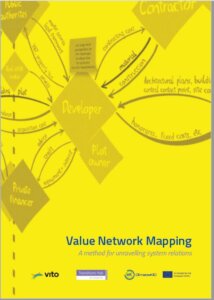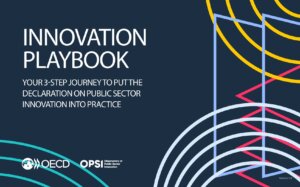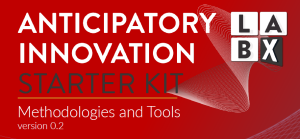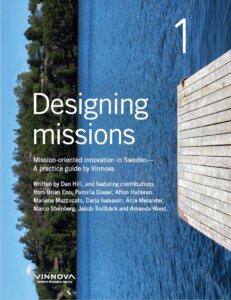While traditional perspectives of design often focus on solutions products, services, visual content, etc.), the practice of strategic design involves developing a deep understanding of context and relationships to make decisions.
It is sometimes referred to as 4th-order design, beyond communications, objects and artefacts, and interactions. It is an integrative and holistic practice, respective of the interconnected and fluid nature of relationships between people, things, and organisations.
The practice emphasises patterns, emergence, and synthesis. It does not necessarily relate to “strategic planning” or visions, missions, and goals, which tend to separate planning from decision-making. A nuanced understanding of a system can help determine targeted actions that will have an outsized impact. Feedback loops help make quick assessments of those impacts in order to pivot the approach.
It is a more targeted application of Design, more abstract and broader in scope than Organisational Design, and less social-outcomes-focused than Social Innovation.
Some methods and tools
- Common methods and tools for strategic design involve identifying relationships and understanding contexts, particularly in visual representations.
- Some methods and tools include:
- Visual sense-making
- Asset/stakeholder mapping
- Theory of change / model development
- Business model design
- Narrative research
What to consider when choosing a strategic design toolkit
Do you have a strategic intent? If not, consider toolkits that help with contexutalisation and sense-making.
What is your role in this context? What are the important relationships, interests, and power dynamics involved? Consider toolkits that help map relationships. Depending on your role, toolkits intended for policymakers/managers, practitioners, or stakeholders outside of government might be more pertinent to you.
The design of strategy may be best informed by understanding cultural narratives and beliefs and then creating interventions accordingly. In putting this knowledge into practice among collaborators, you may want to develop more clarity around a mission or create an opportunity to think differently about risk and possibility. In these cases, toolkits which uncover beliefs and values, or help imagine different futures, challenge assumptions, break habits or cultivate a different mindset may prove useful.
Futures and foresight toolkits often explore the underlying myths and narratives within a culture, so this set of methods may be useful for creating interventions that affect deep, entrenched cultural beliefs.
A strategy may prove to be more operational. It may be about aligning a value proposition with a stakeholder or user need. In this case, design toolkits—sometimes more specifically service design and product design toolkits—may offer a way to uncover needs and create products or services around them. If an organisation’s purpose, business model, structure, or staff need to change, organisational design-focused toolkits may offer needed insights and direction.
Socialising your strategy will improve the likelihood that it is adopted. Introducing something new is a constant balance between retaining nuance and consensus and validation. Simplifying too much can result in a loss of integrity or true novelty of an approach or solution while not enough consensus can result in rejection or indifference among those who need to be part of its implementation. Some toolkits focus on practising or coordinating the behaviours involved in socialising a strategy, such as building consensus, converging on a decision, acceptance testing or building a shared understanding. The methods used in behavioural insights toolkits may also prove valuable in these cases, although they tend to focus more on behaviours of external actors.
View related topics:







